
A new report on the “Economic Benefits of Mountain Biking” published by the Trust for Public Land (TPL) and the International Mountain Bicycling Association (IMBA) has revealed that mountain bikers spend over $1,000 per trip in some top trail destinations. The report, a meta-analysis of 50 different studies, found that mountain bikers spend, on average, $416 per trip.
Among all the studies reviewed in the meta-analysis, a destination in northern Wisconsin recorded the highest average visitor spending. Mountain bikers visiting the Chequamegon area spend $1,107 per trip on average, or $245 per day.
Mountain biking’s potential for substantial economic impact isn’t news, and Singletracks has been writing about the topic for years. However, this is the first time a meta-analysis of the available literature has been conducted, and the results are impressive.

Notable regional case studies
Among the 50 case studies, a few destinations truly stand out. Vermont’s renowned Kingdom Trails bring in $10.3 million in economic impact per year from 94,000 annual visitors, according to a 2016 study. That number is likely much higher today.
A 2022 study in Chattanooga, TN, revealed that the city benefited to the tune of $7.4 million per year from 44,089 annual visits, including 16,910 visits from out-of-town visitors.
The GMUG is one of the largest combined national forest areas in Colorado; it includes the Grand Mesa, Uncompahgre, and Gunnison National Forests. This region is home to famous mountain bike destinations including Crested Butte and Grand Junction, among others. Non-local mountain bikers visiting the region generate $30 million dollars in economic impact per year.
The State of Washington conducted a sweeping study in 2017 which found that mountain bikers on natural-surface trails contributed a whopping $435.7 million to the economy annually.
Standalone events can have a huge impact
I’ve debated with friends about the lasting economic impact that mountain bike races and festivals can have on a community, and this report finally sheds some light on the topic. While smaller events, like the Big Bear Bike Bash in West Virginia, generate relatively small amounts ($41,163 in labor income and $67,400 in value), larger events can have a dramatic impact.
“The Iceman Cometh Challenge is the largest single-day, point-to-point mountain bike race in the U.S.,” according to the report. In 2022, 16,569 visitors came to Grand Traverse County, MI, for the race and generated over $5 million in direct spending. The total direct financial impact from the event is valued at $7.2 million.
And then we get to the mack daddy of them all: Crankworx Whistler. Widely considered the largest mountain bike gathering in the world, the 2023 festival drew 301,460 attendees and generated $38.5 million USD of economic impact in Canada. Of that amount, $22.4 million USD of impact was generated in Whistler alone.
The differences between direct and indirect economic impact
The study differentiated between direct economic impact and indirect economic impact. However, even direct economic impact consists of much more than visiting mountain bikers spending money at local businesses. “New and expanded trail systems can lead to employment and business development opportunities in multiple industries,” according to the study. “In addition to the direct employment in the recreation industry, opportunities include trail construction and maintenance, manufacturing of bicycles and related gear, accommodations, restaurants, and retail.” Additional industries mentioned include trail construction/maintenance and lodging.
The numbers shared in this article only reflect direct economic impact. In addition to the direct impact, mountain biking can provide indirect economic impact through positive health outcomes, which reduce long-term healthcare costs. For example, the entire cycling trail system (including both MTB trails and paved paths) in Northwest Arkansas ” is associated with over $8.7 million in avoided healthcare costs and 10 avoided deaths because they increase riders’ physical activity levels, estimated to be worth just over $101.7 million annually,” according to the study.
Other forms of indirect economic benefit include improved mental health, reduced stress, improved well-being, a reduction in wage loss due to mental health and sick days. Additional social benefits include quality of life, recreational value, increase in property value, population retention, attracting new residents, retaining existing businesses, attracting new businesses, allowing for new types of businesses to be established, and helping destinations adapt to climate change.
Use this study to get more trails built
It’s easy to share anecdotal evidence of towns that have changed their fortunes through building mountain bike trails, but being able to point to a serious meta-analysis of 50 different economic studies that all share the same general conclusion is much more powerful. By using data-driven arguments, mountain bike advocates have a much better chance of convincing local governments and land managers of the benefits of mountain bike trails. If you or an organization you know is advocating for a new trail development, consider this study an ideal resource for making your case.










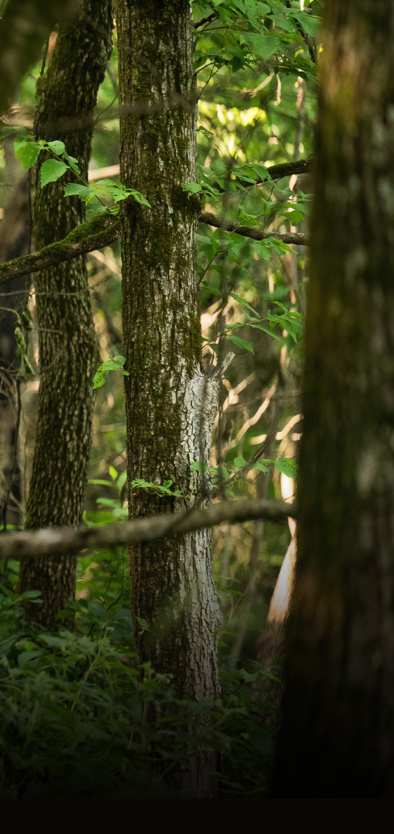

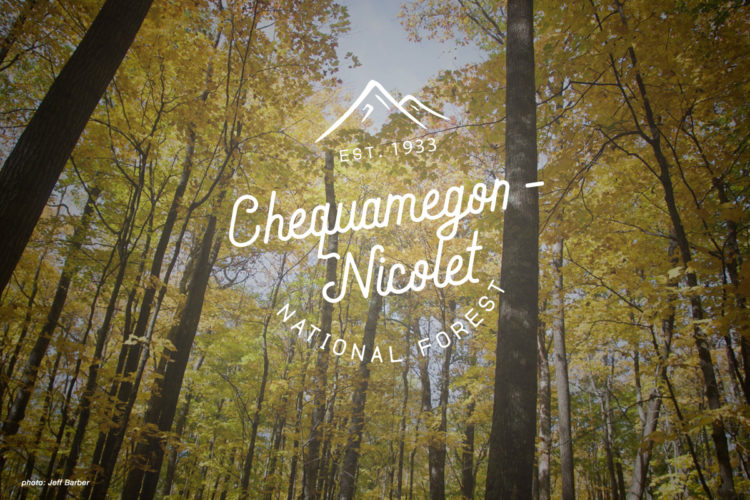

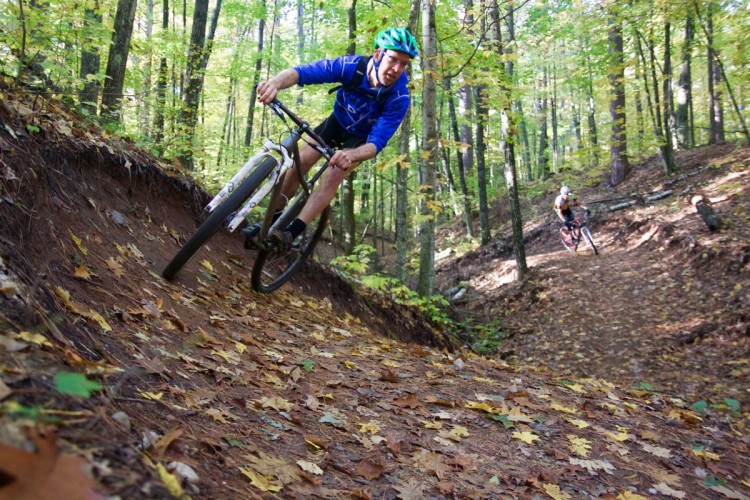

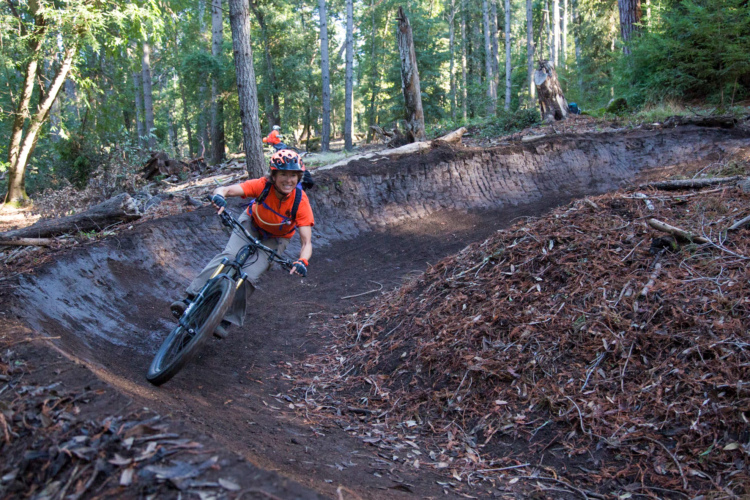
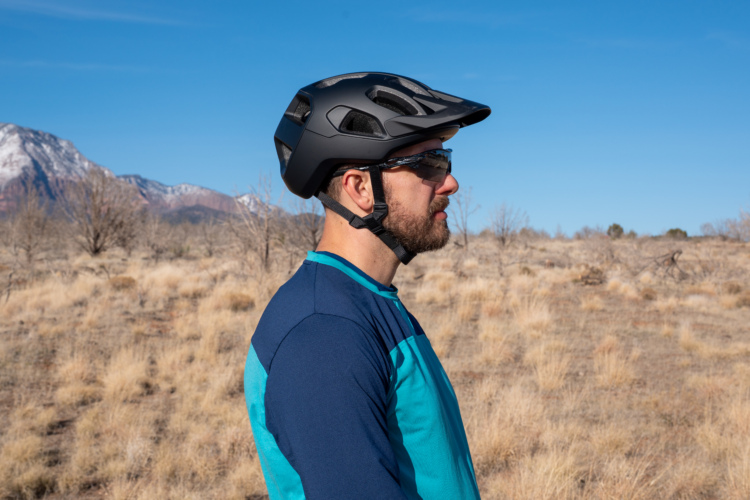
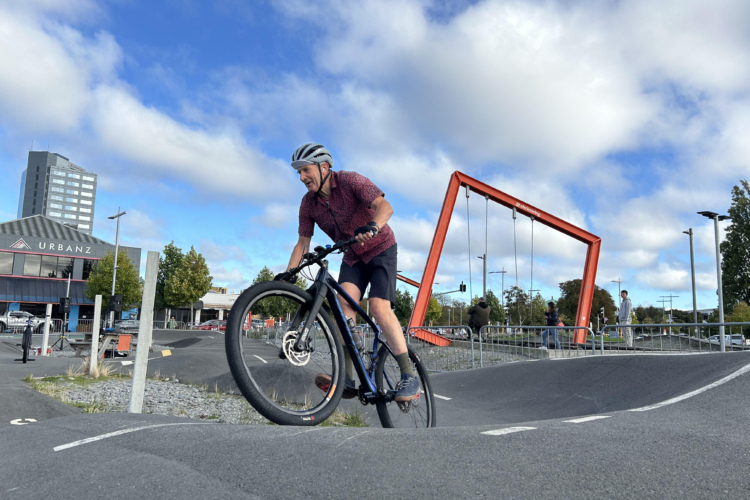


3 Comments
3 weeks ago
3 weeks ago
2 weeks ago